The Black Rhodesian Ridgeback is a remarkable breed with a rich history. Originally bred in Southern Africa, this dog combines strength, intelligence, and loyalty. Let’s delve into the key aspects of this unique canine companion.
Origins and History
The Rhodesian Ridgeback breed originated in Southern Africa, specifically in what is now modern-day Zimbabwe. They were originally bred for hunting and tracking large game, such as lions. The breed’s history can be traced back to the 16th and 17th centuries when European settlers brought their dogs to Africa, where they were then crossbred with native African dogs.
The Black Rhodesian Ridgeback is a result of a recessive gene that causes the black coat coloration. While the majority of Rhodesian Ridgebacks have a reddish-brown coat, the black variation is quite rare and highly sought after by enthusiasts and breeders.
Physical Characteristics
Like their reddish-brown counterparts, Black Rhodesian Ridgebacks are large, muscular dogs with a sleek and athletic build. They have a distinctive ridge of hair running along their back, which grows in the opposite direction to the rest of their coat. This ridge is a defining characteristic of the breed and is what gives them their name.
The black coat of the Black Rhodesian Ridgeback is glossy and can range from a deep black to a dark charcoal color. Their eyes are typically brown, and their ears are medium-sized and set high on their head. They have a strong and powerful jaw, which is characteristic of their hunting ancestry.
Basic Info
| Trait | Description |
|---|---|
| Traditional Colors | Wheaten (ranging from light to red) with black or brown nose |
| Weight | Typically 70-85 pounds (males) and 65-75 pounds (females) |
| Size | Height at withers: 24-26 inches (females) and 25-27 inches (males) |
| Life Span | Around 10-12 years |
| Price | Varies based on breeder and lineage |
| Suitable For | Active families, experienced dog owners, and those who appreciate loyalty and protective instincts |
Physical Appearance
| Trait | Description |
|---|---|
| Facial Structure | Strong, muscular head with a unique ridge of backward-growing hair along the back |
| Coat | Short, dense, and glossy; colors range from pale flaxen to deep auburn |
| Nose | Black or brown, matching the coat color |
| Eyes | Bright, round, and well-spaced |
| Ears | Carried close to the head and tapering to rounded points |
| Muzzle | Long, deep, and powerful |
| Body | Athletic build with a dignified and imposing presence |
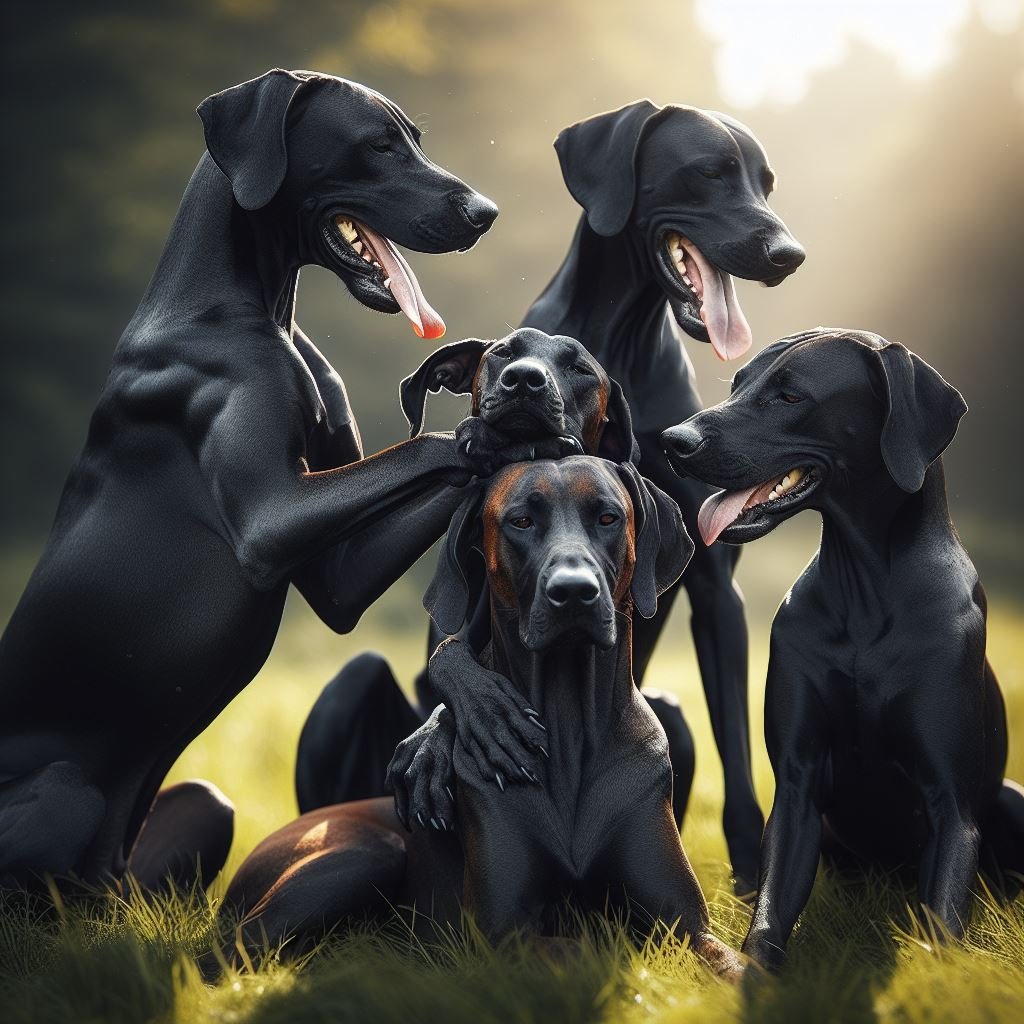
Black Rhodesian Ridgeback dogs group
Quick Facts
| Trait | Description |
|---|---|
| Temperament | Loyal, protective, and intelligent |
| Reproduction | Historically used for lion hunting and guarding |
| Playtime | Enjoys running and participating in lure coursing |
| Intelligence | Requires consistent training and mental stimulation |
| Evolutionary Origins | Developed by crossing native ridged Khoikhoi dogs with European breeds |
| Genetics | Only one color (wheaten) with occasional rare black Ridgebacks |
| Breed Group | Hound |
Games
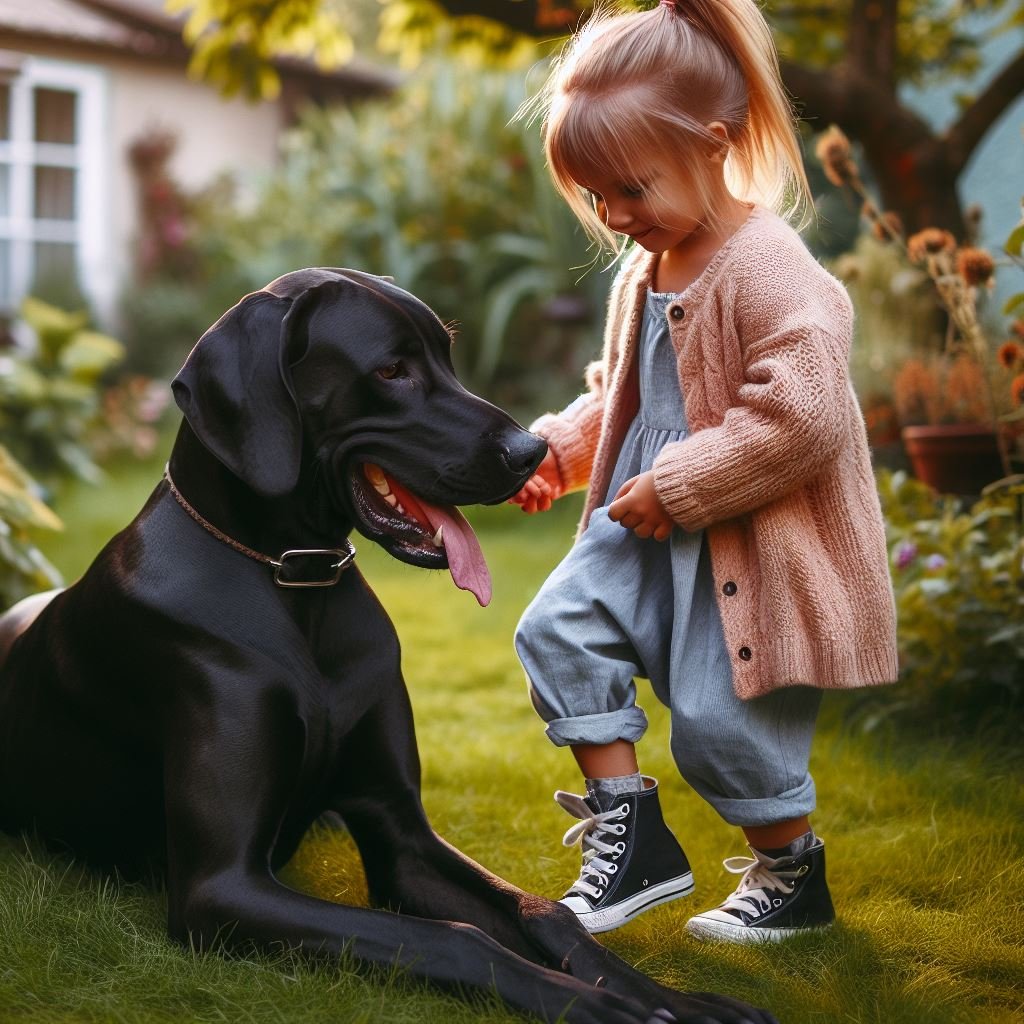
Black Rhodesian Ridgeback are playing with girl
| Indoor | Outdoor |
|---|---|
| Hide-and-seek | Fetch and retrieve |
| Puzzle toys | Agility courses |
| Scent games | Long walks and hikes |
Special Key Points
| Trait | Description |
|---|---|
| Adaptability | Thrives in active households and bonds deeply with family members |
| Senses | Sharp sense of smell and keen awareness of surroundings |
| Sleep Patterns | Requires sufficient rest to maintain physical and mental well-being |
| Loyalty | Devoted and protective, forming strong attachments to loved ones |
Temperament and Personality
Black Rhodesian Ridgebacks share the same temperament and personality traits as their reddish-brown counterparts. They are known for being loyal, intelligent, and protective. They are natural guardians and make excellent family dogs.
These dogs are generally reserved and aloof with strangers but are loving and affectionate with their families. They are known to be good with children and can be gentle and patient. However, early socialization and training are essential to ensure they develop into well-rounded and well-behaved dogs.
Black Rhodesian Ridgebacks are active and energetic dogs that require regular exercise to keep them happy and healthy. They enjoy activities such as running, hiking, and playing fetch. Mental stimulation is also important for this breed, as they are intelligent and thrive on learning new things.
Caring for a Black Rhodesian Ridgeback
Caring for a Black Rhodesian Ridgeback is similar to caring for any other dog. They require regular grooming to keep their coat healthy and free of tangles. Brushing their teeth regularly and trimming their nails is also important for their overall well-being.
Exercise is crucial for this breed, and they should be given ample opportunities to burn off their energy. A fenced yard or regular trips to a dog park are recommended to provide them with the space they need to run and play.
Training and socialization should begin from a young age to ensure they grow into well-behaved and obedient dogs. Positive reinforcement techniques work best with this breed, as they respond well to praise and rewards.
Health
The Black Rhodesian Ridgeback is a robust breed, but like all dogs, they require proper care to thrive. Here are some essential aspects to consider:
Health Issues
- Hip Dysplasia: Regular exercise and maintaining a healthy weight can help prevent this common joint condition.
- Dermoid Sinus: A congenital defect that affects the skin and spine; early detection is crucial.
- Hypothyroidism: Regular vet check-ups and a balanced diet are essential for managing thyroid health.
Read More: Common Health Issues in Dogs
Dog Food and Diet Requirements
- Feed high-quality dog food appropriate for their age, size, and activity level.
- Divide meals into two portions to prevent bloat (a risk for deep-chested breeds).
- Consult your veterinarian for personalized dietary recommendations.
Grooming
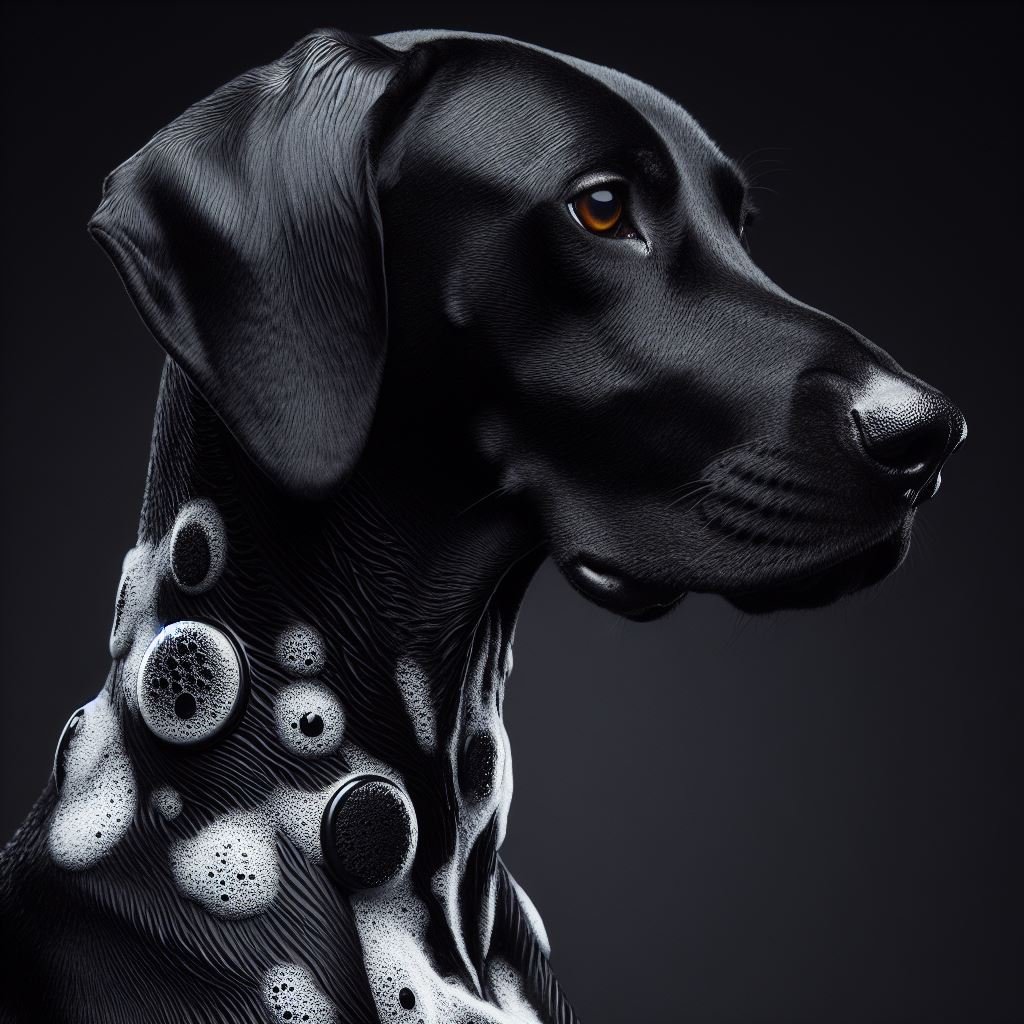
Black Rhodesian Ridgeback are taking Grooming
- Their short coat requires minimal grooming.
- Regular brushing helps remove loose hair and keeps their coat shiny.
- Check ears, eyes, and teeth regularly for any signs of issues.
Read More: The Art of Dog Grooming
Training
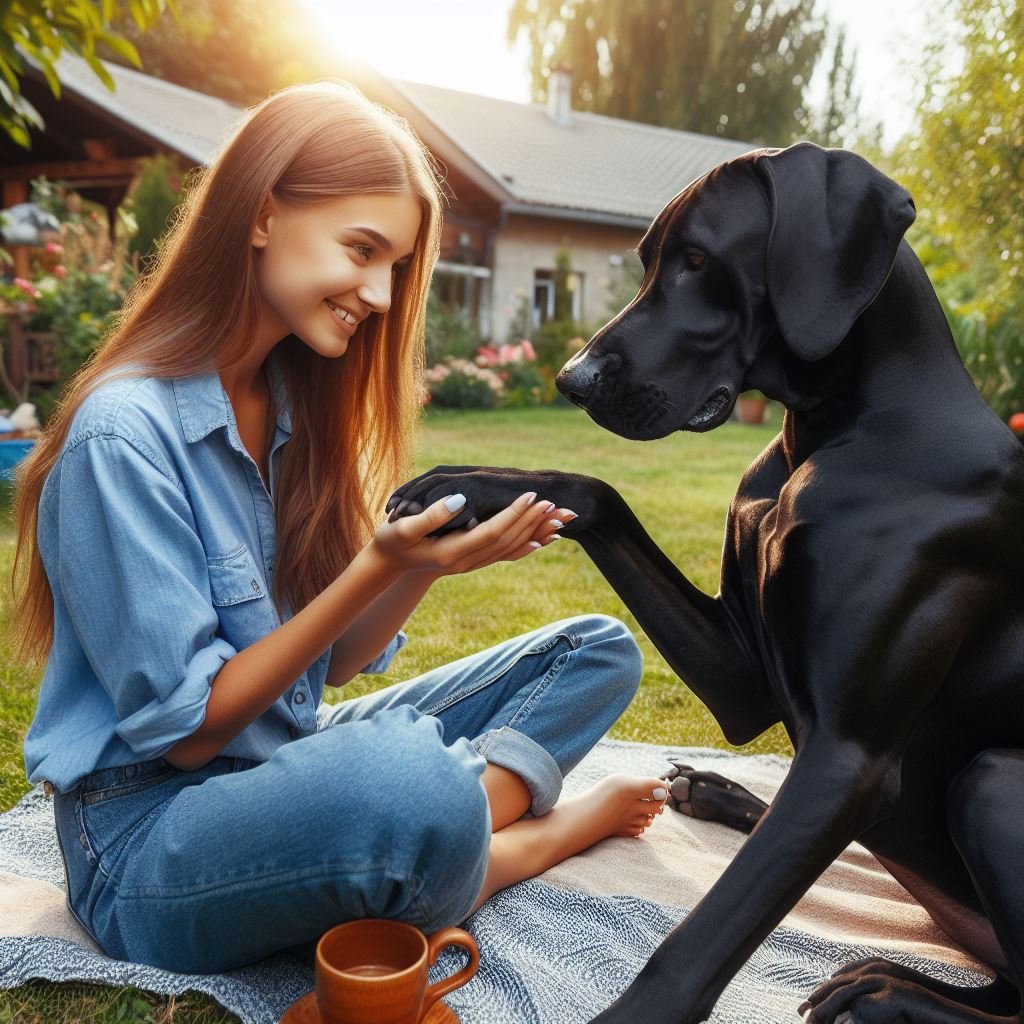
Black Rhodesian Ridgeback taking training
- Start early with positive reinforcement training.
- Consistency and patience are key.
- Socialize them well to ensure they are well-behaved around people and other animals.
Exercise
- These dogs are active and need regular exercise.
- Daily walks, playtime, and mental stimulation are essential.
- Consider agility training or lure coursing for added mental and physical challenges.
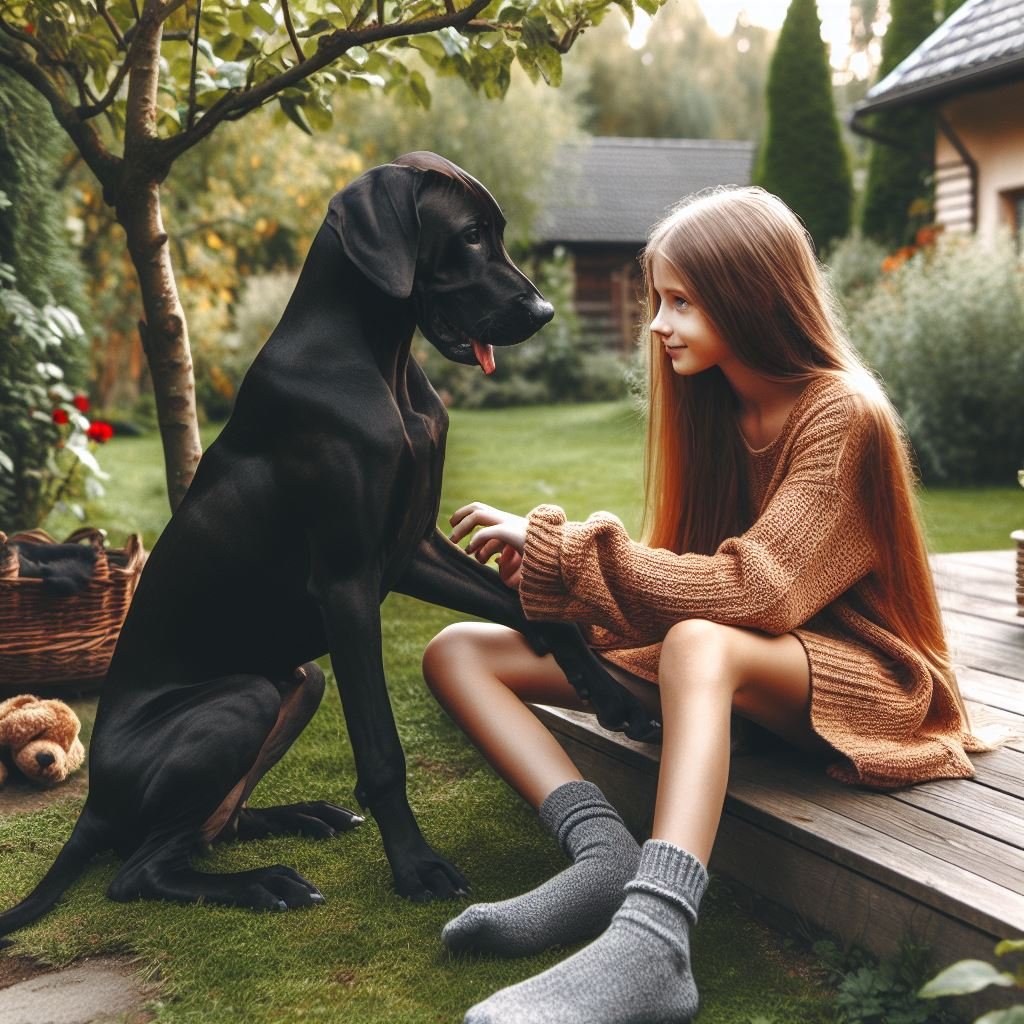
Black Rhodesian Ridgeback are seating with girl in garden
Socialization
- Introduce them to various environments, people, and other dogs.
- Positive experiences during puppyhood lead to a well-adjusted adult dog.
Read More: The Importance of Dog socialization
Communication
- They are alert and protective.
- Learn to interpret their body language and vocal cues.
- Establish clear communication through training.
Caretaker
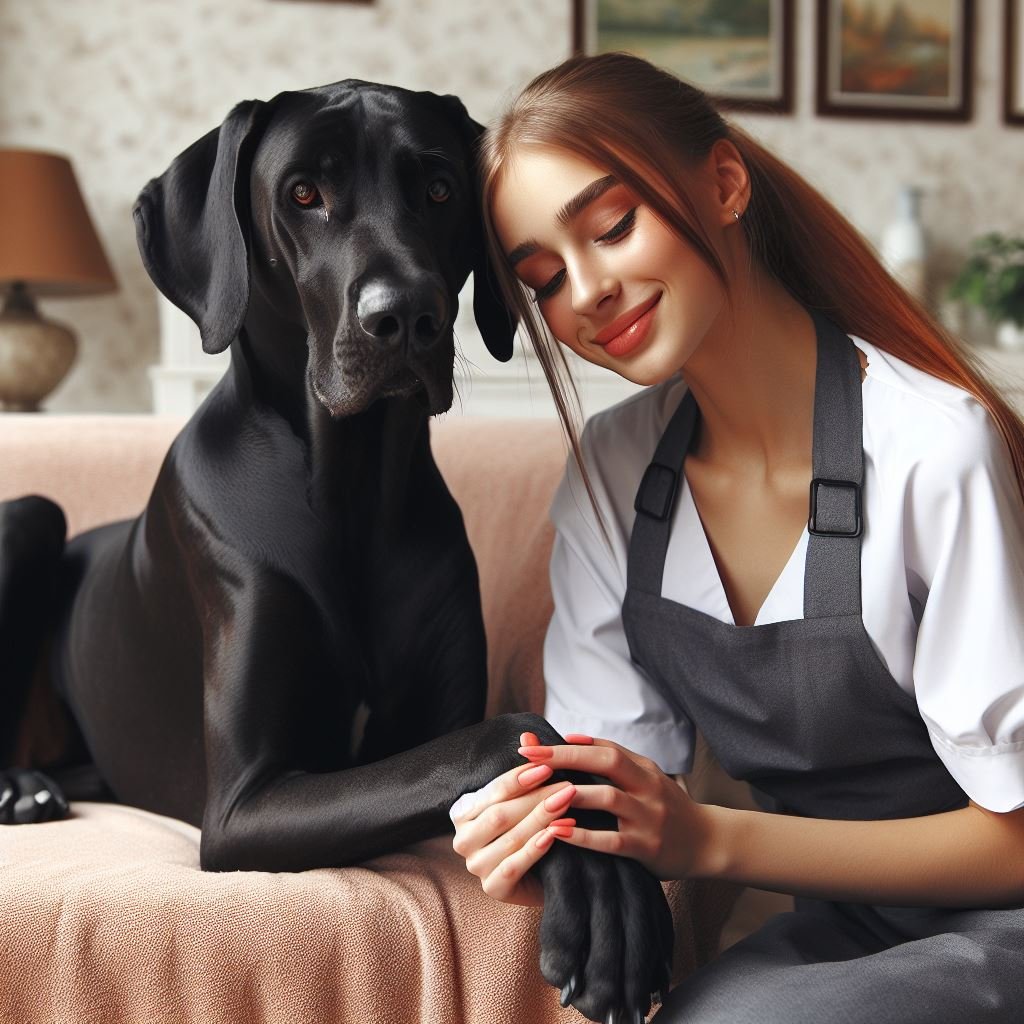
Black Rhodesian Ridgeback with caretaker
- Ideal for active families who can provide ample exercise and attention.
- Experienced dog owners will appreciate their loyalty and protective instincts.
Recognizing Them
- Look for the distinctive ridge of hair along their back.
- Their muscular build and dignified presence set them apart.
- The wheaten coat with a black or brown nose is a hallmark feature.
Male vs. Female
- Male Ridgebacks tend to be larger and more imposing.
- Females are slightly smaller but equally strong and protective.
- Both genders exhibit loyalty and make excellent companions.
Helpful YouTube Link: Rhodesian Ridgeback – YouTube
Conclusion
The Black Rhodesian Ridgeback is a unique and beautiful variation of the well-known Rhodesian Ridgeback breed. Their striking black coat sets them apart and adds to their allure. With their loyal and protective nature, they make excellent family pets for those who are willing to provide them with the exercise, training, and socialization they need.
Frequently asked questions
Are there differences between male and female Black Rhodesian Ridgebacks?
Yes, male Ridgebacks tend to be larger and more imposing, while females are slightly smaller but equally strong and protective. Both exhibit loyalty and make excellent companions .
What training and socialization do they need?
Start early with positive reinforcement training. Socialize them well to ensure good behavior around people and other animals .
How should I care for a Black Rhodesian Ridgeback’s coat?
Their short coat requires minimal grooming. Regular brushing helps maintain shine, and routine checks of ears, eyes, and teeth are crucial .
What health issues should I be aware of for Black Rhodesian Ridgebacks?
Common health concerns include hip dysplasia, dermoid sinus (a skin and spine defect), and hypothyroidism. Regular vet check-ups and a balanced diet are essential for their well-being .
Is the black color in Rhodesian Ridgebacks controversial?
Yes, the black Rhodesian Ridgeback is rare and controversial. Some consider it a purebred variation, while others classify it as a mix (e.g., Rhodesian Ridgeback Weimaraner or Lab mix). Identifying purebred black Ridgebacks can be challenging, but some do exist.
What is the history of the Black Rhodesian Ridgeback?
The Rhodesian Ridgeback originated in Southern Africa, developed by Boer farmers. It’s a versatile hunting dog that can withstand harsh conditions, protect, and be a loyal companion. Its ancestors include European breeds (such as Great Danes and Greyhounds) and the native Khoikhoi dog with a distinctive ridge down its back. These dogs were instrumental in lion hunting and earned the nickname “African Lion Hound”.

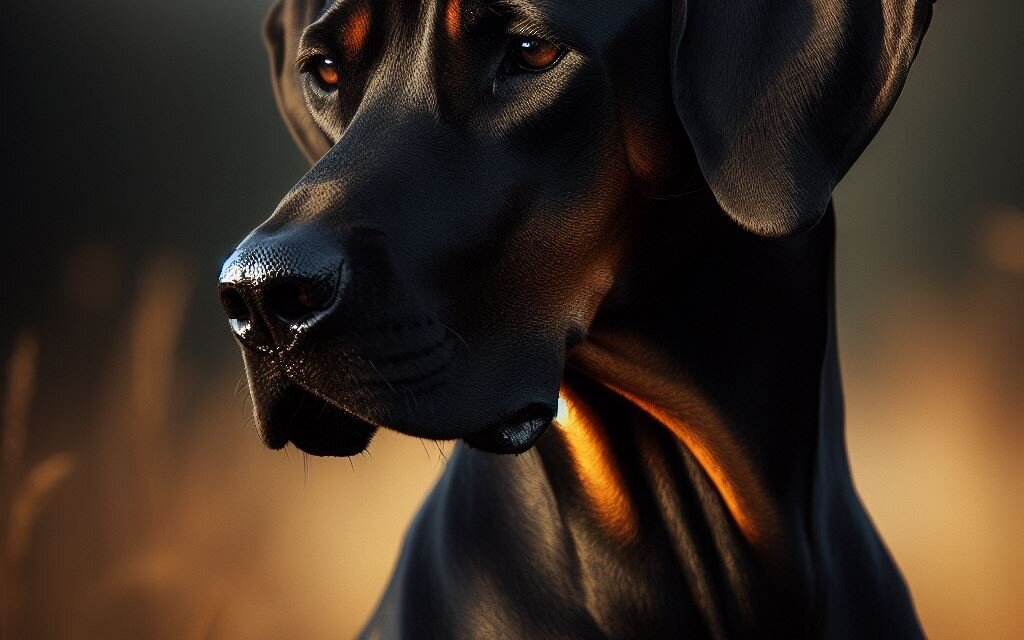
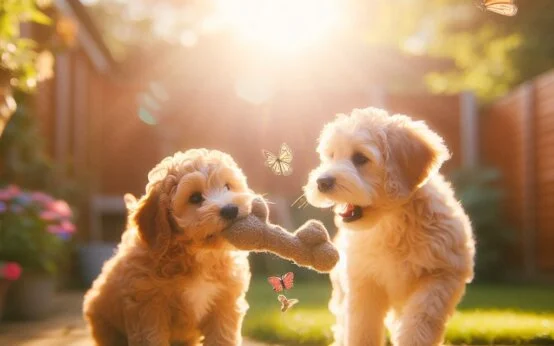 Mini Labradoodle: A Complete Guide
Mini Labradoodle: A Complete Guide 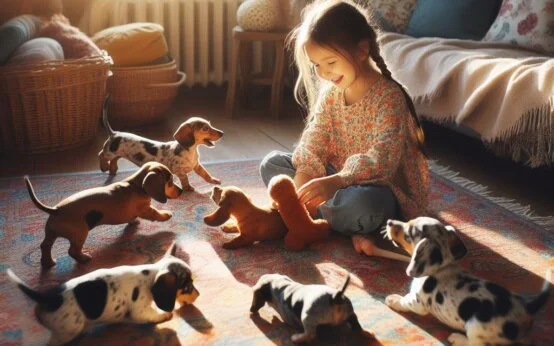 Dapple Dachshund: A Unique and Lively Breed
Dapple Dachshund: A Unique and Lively Breed 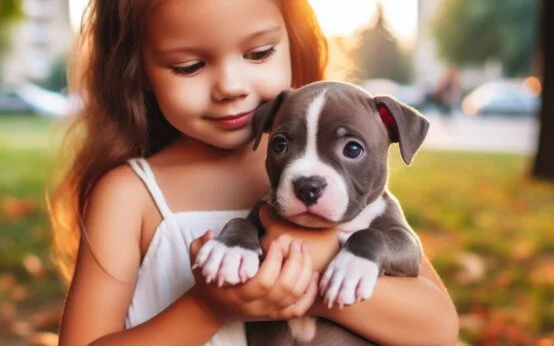 Pocket Pitbull: A Compact Canine Companion
Pocket Pitbull: A Compact Canine Companion 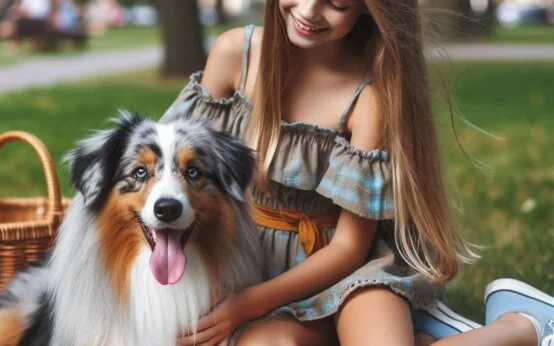 The Blue Merle Australian Shepherd: A Captivating and Unique Breed
The Blue Merle Australian Shepherd: A Captivating and Unique Breed 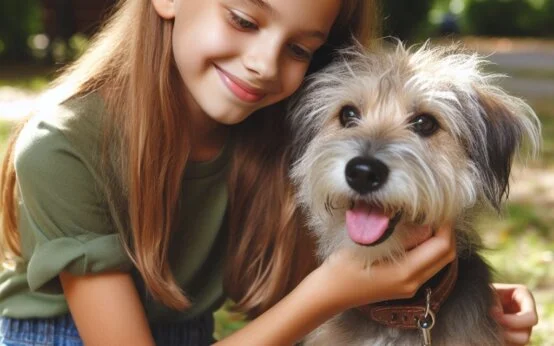 Terrier Mix: A Versatile and Energetic Canine Companion
Terrier Mix: A Versatile and Energetic Canine Companion 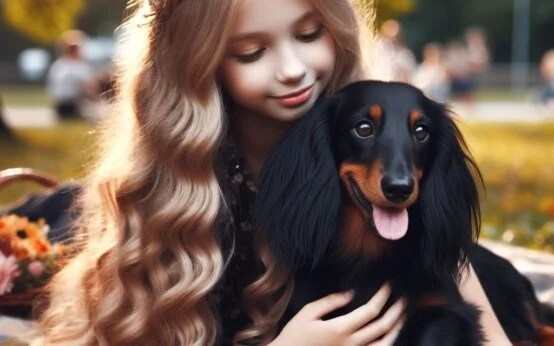 Long Haired Dachshund: A Guide to This Charming Breed
Long Haired Dachshund: A Guide to This Charming Breed  Mini Labradoodle: A Complete Guide
Mini Labradoodle: A Complete Guide 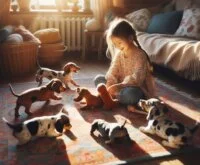 Dapple Dachshund: A Unique and Lively Breed
Dapple Dachshund: A Unique and Lively Breed  Pocket Pitbull: A Compact Canine Companion
Pocket Pitbull: A Compact Canine Companion  Preparing for an Adventure: A Golden Retriever Packs Its Suitcase
Preparing for an Adventure: A Golden Retriever Packs Its Suitcase 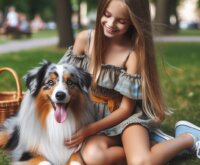 The Blue Merle Australian Shepherd: A Captivating and Unique Breed
The Blue Merle Australian Shepherd: A Captivating and Unique Breed 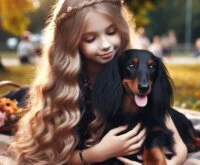 Long Haired Dachshund: A Guide to This Charming Breed
Long Haired Dachshund: A Guide to This Charming Breed